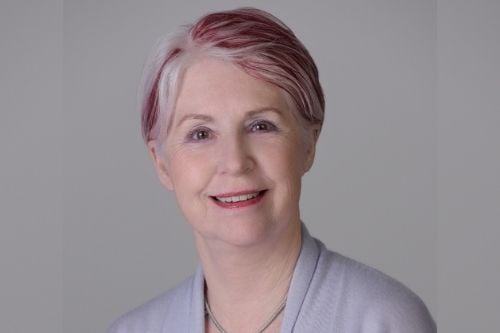

The COVID-19 pandemic has transformed the way that healthcare practitioners operate. Healthcare practitioners in independent practice have had to alter the services they’re able to provide based on government-mandated health and safety guidelines; they’ve had to dramatically reduce in-person consultations and services; they’ve had to reach even higher standards of sanitization in their offices; and they’ve had to find new ways of meeting their professional standards of care.
Find out more: Learn everything you need to know about CNA here
These changes have impacted the medical malpractice insurance arena. CNA’s medical malpractice insurance is designed to cover regulated health professionals except for physicians who are insured by the Canadian Medical Protective Association (CMPA). CNA can insure a facility providing service to patients or a physician’s office practice. With the COVID-19 pandemic forcing healthcare facilities and private practitioners to temporarily alter their operations, their medical malpractice exposures have also evolved.
“The pandemic has caused a great evolution for GPs in particular,” said Ruth Stewart (pictured above), senior risk control consultant, Healthcare & Life Sciences, CNA. “They have had to consider how they can provide a service that’s safe for them (the practitioner), their patients and the staff in their office. For the most part, GPs have changed their mode of doing business to conduct most consultations virtually, either through video conferencing or telephone conversations with patients. Only if the condition of the individual cannot be appropriately assessed via a virtual consultation – for example, if a patient has a new severe pain – will GPs then schedule an in-office visit.”
For healthcare practitioners that have been allowed to continue rendering their services throughout the pandemic, they’ve had to alter how they orchestrate their practices so that they’re sequencing visits and segregating people to limit contact between patients. They’re also having to screen patients for the coronavirus and follow even higher standards of sanitization and hygiene practices throughout their facilities and offices.
“Infection control practices are second nature to healthcare practitioners, but with COVID-19, they have to think about the whole environment in which they provide care,” Stewart told Insurance Business. “Everything could potentially have the virus on it. People who are showing no symptoms might be carrying and transmitting the virus. It’s a whole different way of looking at the world they’re practicing in.”
Underwriters are looking for these best practices when considering whether to provide facilities and healthcare practitioners with medical malpractice insurance coverage, explained Natasha Prasad (pictured below), underwriting specialist, Healthcare & Life Sciences, CNA.

“When we review an opportunity or an exposure pertaining to a healthcare facility or healthcare practitioner, we’re looking for numerous factors,” she said. “We want to know what services are being provided and how many patients a facility would typically see. We want to know that it’s a well-run facility, with protocols, policies and procedures in place to ensure that appropriate standards of care are being met. We want to know that those individual practitioners are fully licensed and have the expertise to provide the services they’re rendering.”
The COVID-19 pandemic has impacted the types of services practitioners are able to carry out. Many have turned to telemedicine for the first time, and, in doing so, have taken on new professional exposures. But the CMPA and regulatory health colleges in Canada have issued guidance to help practitioners in private practice transition to the virtual working environment.
“We expect any healthcare providers that we’re working with to abide by the guidance of their regulatory college and insurance provider as relevant,” Stewart commented. “Generally, practitioners have been following that guidance, and we haven’t seen any issues related to virtual consultations. While CNA’s medical malpractice insurance does not apply to physicians – it covers the office or entity in which they are providing services – we still want to ensure that all other practitioners within a facility are upholding particular standards of practice.”
Telemedicine is a COVID-related change that’s here to stay, according to Stewart. It’s a service that has been “underutilized in Canada for a long time” and one that has proven popular among those with the ability and the desire to communicate digitally. As for other long-term changes, once COVID-19 vaccines are obtained and provided at a large scale, many healthcare private practices will start to return to their pre-COVID normal.
Prasad commented: “What I think is going to change is that healthcare practitioners are going to implement strict strategic processes with regards to maintaining their facilities and following best practices in terms of sanitization and hygiene levels. COVID-19 has shown all industries, including healthcare, that we need to be cognizant of pandemic risk. I believe it’s going to increase the adherence around risk management processes and procedures within all healthcare facilities.”
